If you haven't heard about EndoTapping you might just be behind the times by several years. I first heard mentions of this training tool back in 2000 and 2001 from a talented horseman by the name of Allan Pogue. It was originated by one J.P. Giacomini to aid in the relaxation and learning curve of the horse.
There are promotional videos explaining the benefits and application of EndoTapping, but I thought perhaps I would give some input from the position of a Massage Therapist on how EndoTapping affects the horse and why it is effective.
In Massage Therapy there are many different modalities, or techniques, that can be used for various reasons to solicit relaxation from a muscle. Not all of them are equally as effective on each person's body depending on the type of resistance that is going on in the particular muscle but one very common and popular modality is called tapotement, or tapping which is where the link to EndoTapping comes in.
Normally tapotement is associated with a sort of tapping on the chest or back with cupped hands – over the lungs – effective for loosening buildup in the lungs and relieving the symptoms of asthma. Tapotement can really refer to any kind of tapping however, and is very popular and effective because through it's repetitiveness it can help overcome mental tensing of the body. This tapping also doesn't risk overworking the muscles like many other techniques do, which can result in actual damage.
So, in a nutshell, EndoTapping is giving your horse a sort of massage treatment and utilizing it in a way to enhance your training sessions. I agree that it is absolutely ingenious and a marvelous tool. I will however ad a caveat… in that it is my opinion that the tapping shown in many of the videos is far too fast. It is a relaxation technique and therefore should have a tempo that is more relaxed and less “stimulated.”
Unfamiliar with the exact set-up of EndoTapping? Check it out at the Equus Academy website and you can also search for endotapping on YouTube for demonstrations.
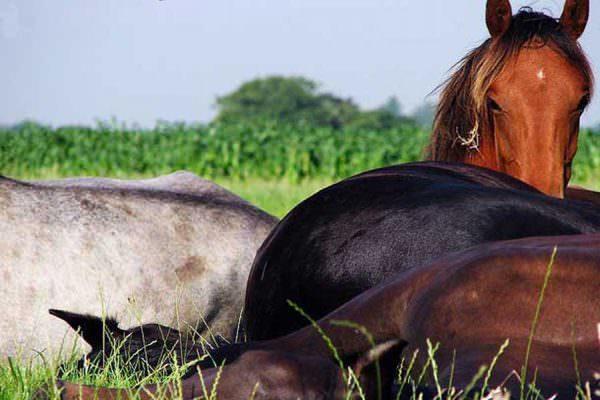
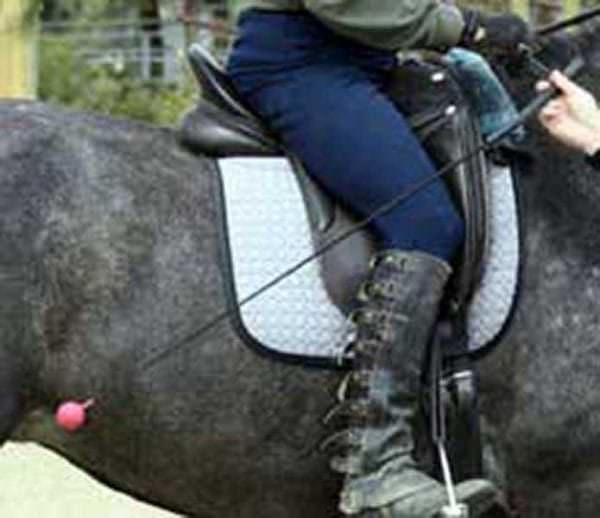

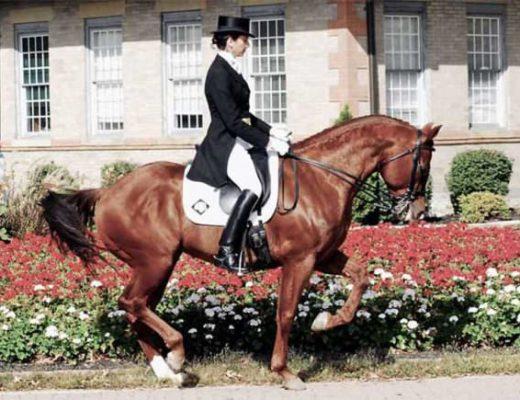
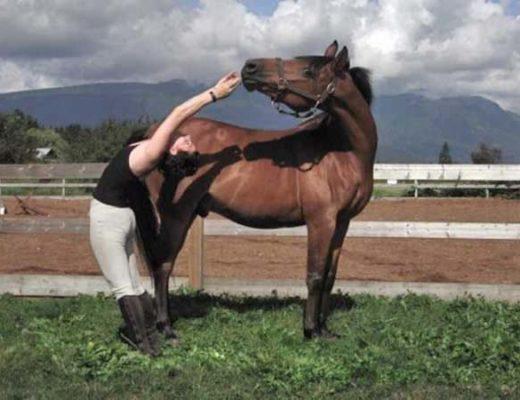
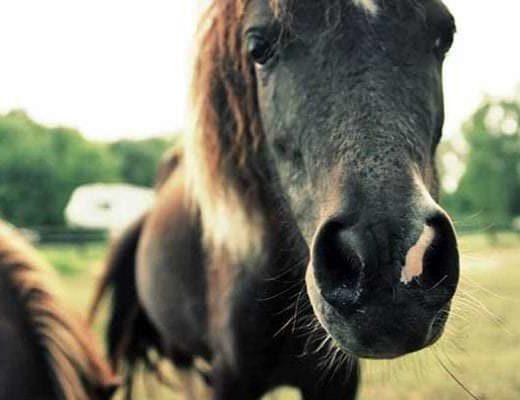
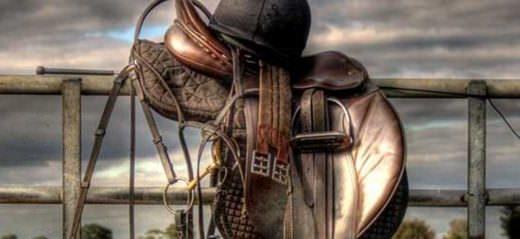
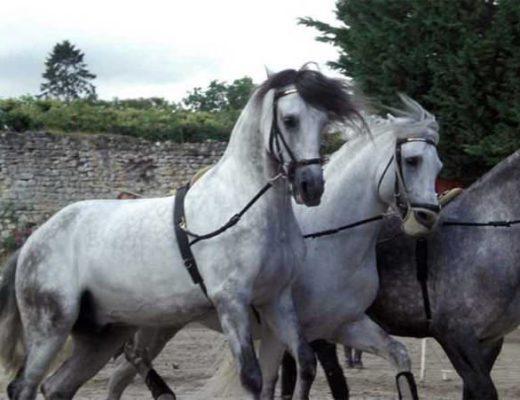
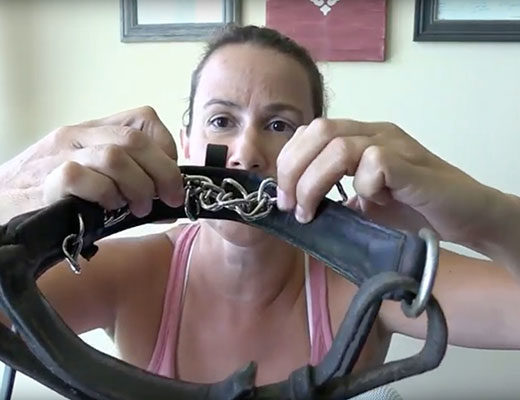
Back in the 90’s I spent a bit of time with JP Giacomini training barns in Tijuana and Texas, as well as observing clinics and watching tapes demonstrating Endotapping on a variety of horses of different ages, breeds, experiences, levels of training, including youngsters with no man-made issues to correct. It is such a simple common action–tapping, and using it to the level JP has exposed it to is amazing. Without review, I can’t spew out why at times it may have been done fast, as you mention…but I know there is a reason. As a massage therapist, you can understand how one “listens with your hands” and your therapy adapts to what you find. What I remember primarily is renewing a concept of physics I learned as a child, when opening a jar of pickles–tap the lid with the blunt side of a knife–because vibrations breakup contractions.( am also a nurse and massage therapist , learned/use it there, but the jar deal was the first place I heard about uses for tapping) The initial tapping on a horse can eventually become a cue for a relaxation response…where a couple of gentle finger taps on the neck with the reins in hand, or the tap of a whip or a calf tap on the ribs brings a physical. mental or emotional (one or all three) response in the horse. (side note.. I think the official Endostick was still in the works when I was initially hanging around JP, and we could use the side of a plastic soda bottle as well). As far as a slower tap being more relaxing, I think sometimes a raising of the heartbeat (a tapping beat), listening or dancing to rock n’ roll music with “a drumbeat you can’t lose” (tapping beats) gets you through to a place where you can handle a slower beat and it is relaxing. Slow can be annoying and nagging if one isn’t in the right place for it…anxiety builds as one waits for the next beat/tap/drip. I know your review was written quite a few years ago, but your comment offers a valid question I am sure JP would glady answer. He is easy to find online.